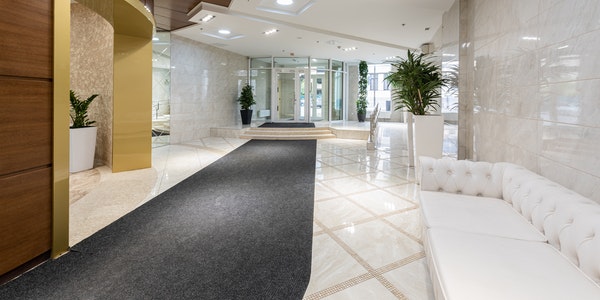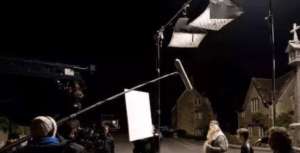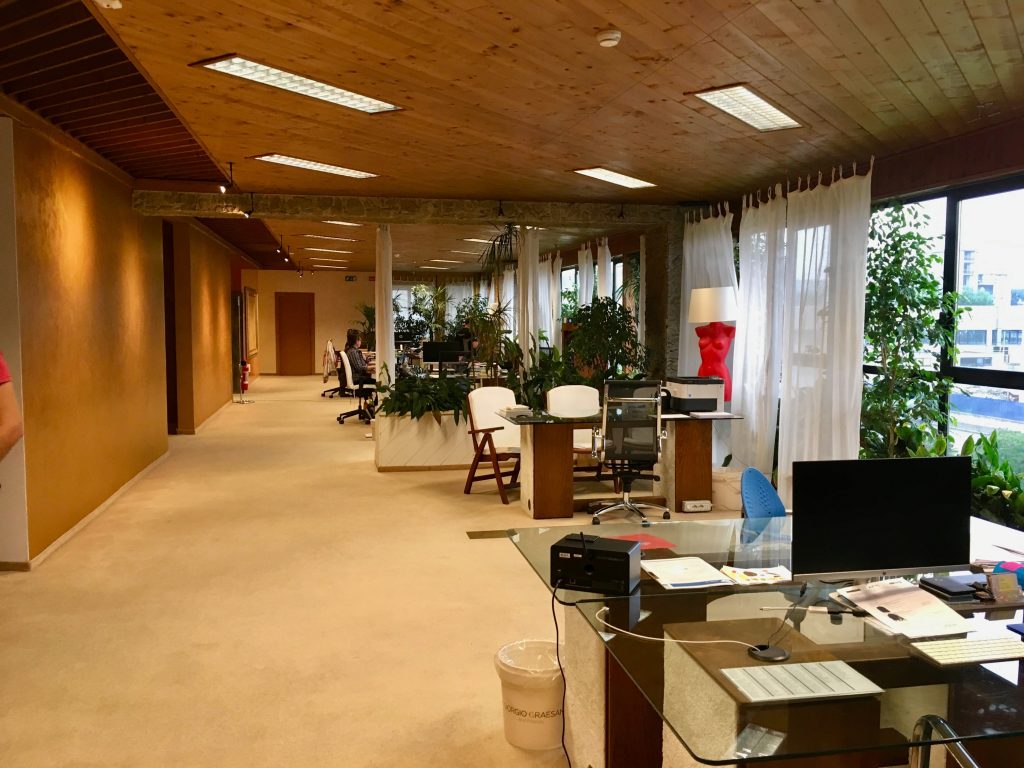Lighting is a big topic. For lighting, we must first understand: brightness and color temperature
Maybe you never think about it, but you can always tell in which light you feel comfortable and when you feel uncomfortable. Morning and evening are best for walking and exercising. No one wants to go out at noon. Why? Not only is it too hot, but another very important reason is that it is too bright and the light is too glaring.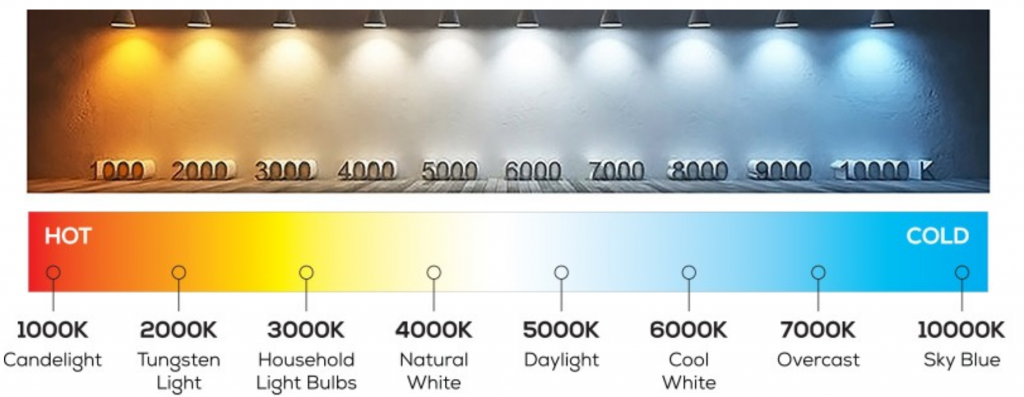
Natural light corresponding to indoor light source
Of course, everyone in each family pays different attention to brightness, some people like warm and ambiguous, and some people like bright as day.
Daylight: The color is colder, the illuminated area is relatively large, and the visual effect is very clear, but not warm enough.
Warm white light: The color is slightly warmer, the irradiation area is moderate, the comfort is good, and the visual effect is clear.
Warm light/yellow light: The color is yellow, the visual effect is warm, but the feeling is not clear.
There is no difference between good and bad, but they are used in different places. Use daylight in public places and meeting rooms because it can keep people awake, while warm white light and warm light are more commonly used in homes.
Secret One: Avoid using too many recessed lights
Recessed light refers to a type of light embedded in a plane for local lighting. Recessed light avoids full-scale lighting, which can make the local area a prominent highlight under the light.
In the current decoration trend, many designers like to install a lot of recessed lights on the ceiling, but too many recessed lights will be very bright and produce a lot of glare at the same time. A large number of recessed lights are not suitable for illuminating the human body for a long time, so they should be reasonably used in accent lighting and basic lighting.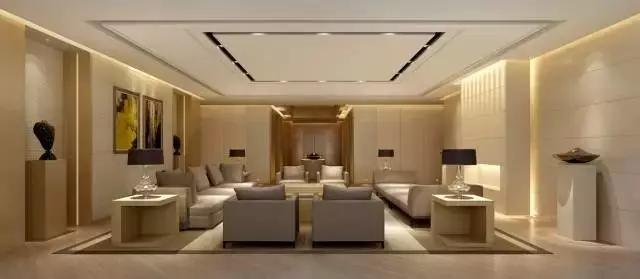
Use recessed lights reasonably and properly illuminate the sofa area, so that people have enough light to guarantee when they are talking and resting in the living room.
It can be seen from the picture above that the entire space is filled with recessed lights, and the recessed lights are directly used as the basic lighting of the space. More importantly, the lamp is still very scum, and glare is raging.
Secret Two: Choose different lights according to the occasion
A light source with a higher color temperature should be set in the scene where the business is being discussed, which can make people concentrate and concentrate on the important matters of the discussion. For rest and relaxation scenes, a light source with a lower color temperature should be selected, which is more conducive to the relaxation of the human body.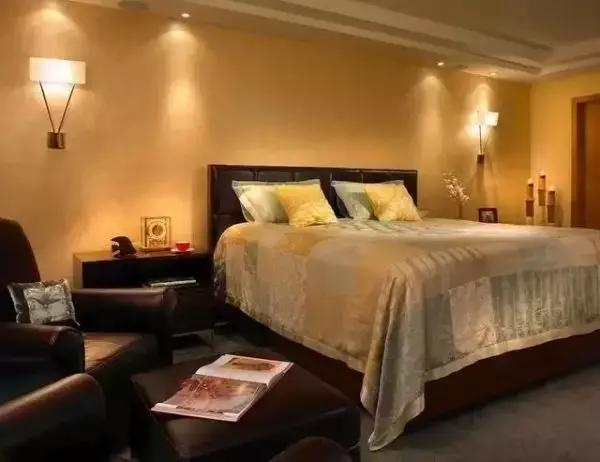
Secret Three: Application of Indirect Light Source
The use of indirect light sources can avoid glare caused by direct light, so hidden light sources can be placed around the ceiling when designing. When you need to read or use a computer, you can increase the local lighting.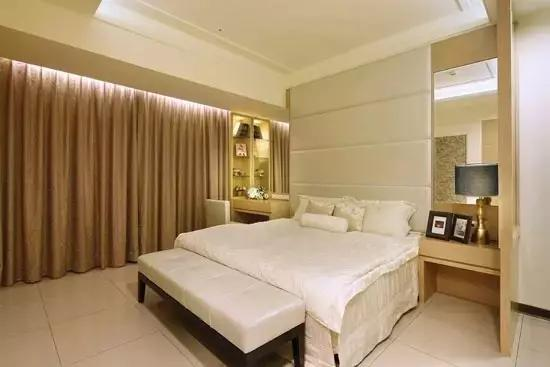
Secret Four: Introduce outdoor scenery to create a rhythm of light
When designing, we should pay attention to the feeling of light spilling in to create different natural expressions of the house in four seasons. The apartment house can increase the area to bring the outdoor scenery into the room. Starting from the fundamental problem of daylighting, the expression of light and shadow at home can behave differently during the day or night.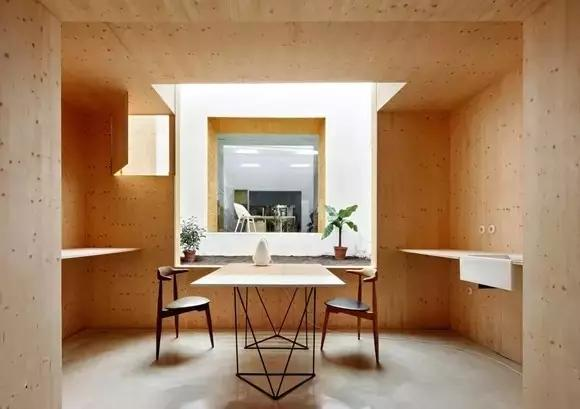
Secret Five: One lamp, two uses
The light above the cabinet not only illuminates the cabinet, but can also be used as aisle light to achieve “one light and dual purpose”.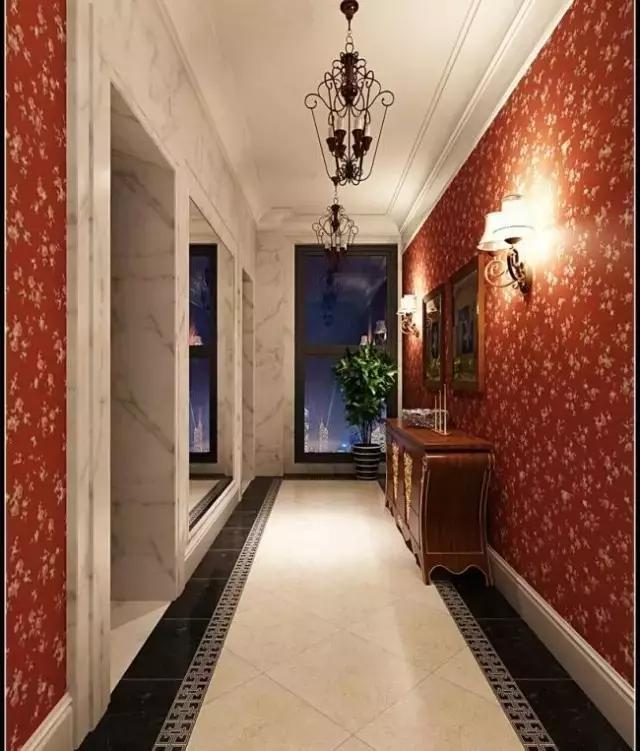
Secret 6: Brighten the kitchen and increase appetite
Add lighting equipment to the kitchenware to help cooking and washing. If the kitchenware in the home lacks lighting facilities, you can install a long light under the kitchenware, and the kitchen range hood can pull out the line.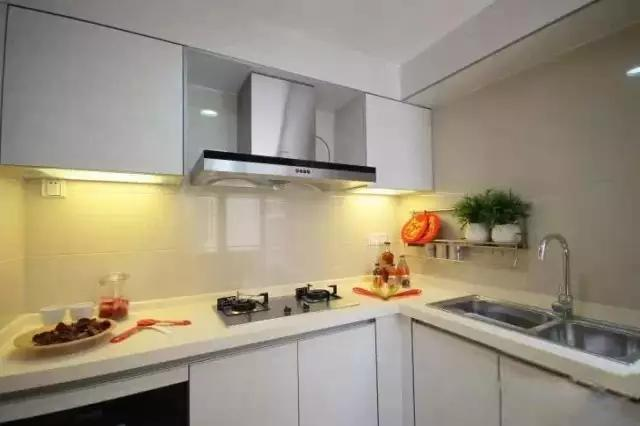
How to use lighting design rationally
Principle One The appearance and concealment of light
There are two types of lighting installations: explicit and implicit. The lights at night outline the shapes and levels of things, giving them vitality and agility, a scene that only exists in our minds. Invisible light sources make objects emit light as if they are illuminants themselves.
This technique of using light enhances the expressive power of light: it avoids direct light from damaging the eyes, and is bright but not obtrusive.
Principle two Use it only where you need it
Light seems to be a chemical reaction: magic that can only be created with the correct and precise dose. There is no need for multiple light sources in the room, and one light is sufficient to meet visual and emotional needs. This reminds me of the spotlights in the theater, the audience follows them to cast their sights to a certain place and mobilize all sensory experiences at that moment. This kind of light has a dramatic effect and is one of the functions of light-stage light.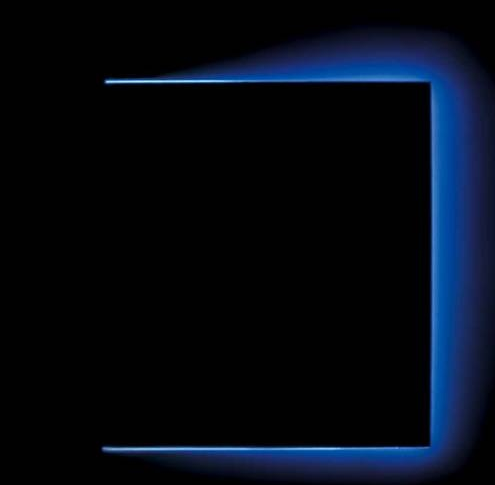
Those pleasant behaviors, cherished objects, and useful things all require only one light source: a light above the dining table, the brightness of the surroundings is only half. The paintings on the wall are examples of precise use of light. Light, the only light, appears where it is needed.
Principle Three thickness of the light
If light has volume, it has thickness. The shadow is born from the light, thus forming a sense of space. Light invades the space in different ways, shaping the character of different spaces. We often use light to precisely create spaces: such as porches, colonnades, and loggias.
The thickness of light can only be reflected by the depth of the illuminated object. This is a more expressive thickness, deep and elusive, tangible and fuzzy, and more powerful than plain lighting. In my work, I fix the lighting installations in the ceiling and wall holes, which are both invisible and perform their basic lighting functions.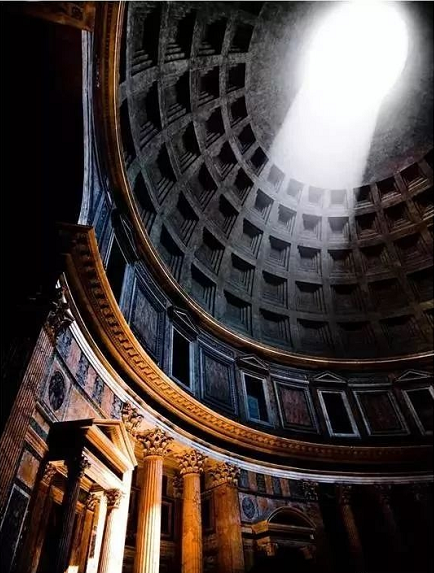
Principle Four Light is also a building material
Light allows us to see, light helps us work, and light allows us to appreciate beauty. The design of light serves the building. In addition to the building material itself, the architectural design also includes the light element. Light embodies materials, colors, spatial depth and emotions. From a certain perspective, architectural design is the design of light.
Principle Five The beauty of shadow
The power of the light is comparable to the power after it goes out. The interweaving of light and darkness outlines the shape of the building. Light exists dialectically. When we talk about light, we cannot avoid shadow, because shadow is the other side of light. From the pros and cons, the shadow is the void and the light is the fullness.
When designing light, we pay more attention to the light and ignore the shadow: taking both into account at the same time will inspire design inspiration.
The shadow is connected to the building, sometimes getting bigger and sometimes smaller. Appearing again and again, showing the outline of the building, let us have a kind of abstract memory of light. Urban buildings lack the use of shadows.
Flat invisible shadows also have an important role. It embodies the aesthetics of mathematics and the relationship between the whole and the part of the building. In fact, the invisible but ubiquitous shadow can express more meaning.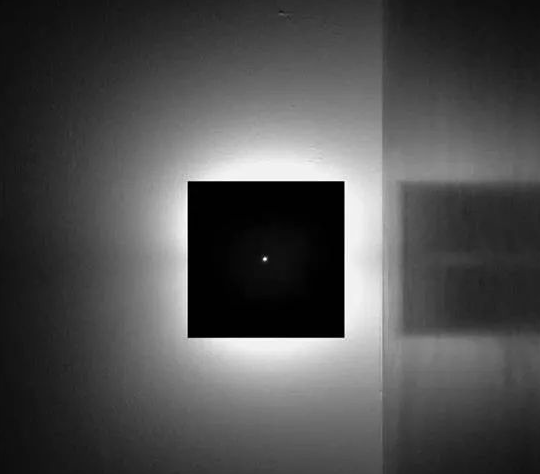
Principle Six Dynamic light
Vivid and changing lights move constantly, adjusting and changing the light-receiving wall, as if telling a story. The entire lighting system is telling and conveying emotions. Through the architectural sequence, level and depth to express the plane and volume of the building.
Principle 7 The light source determines the color
The colors of the world are ever-changing, and nothing can keep the same color throughout the day. Clouds and sun, winter and summer, shops and streets, everything changes with the environment to bring us different color vision.
We use this inconsistency as a design inspiration and method to express this magic consciously. Even when designing artificial light, the color change is guaranteed. Different brightness of light will produce subtle differences. And the intensity of light will change or weaken the color of the light receiver.
The light projected by the device will also change the color of the object. Whether in a warm day or a cold night, the color is determined by the light source.
Principle 8: The joy of vanity light
Feel all kinds of pleasant emotions in the space surrounded by hidden light. Experience a certain emotion through the eyes. This is the joy from the void of light. The subtle light imparts more meaning to things, transforming a kind of invisible magic.
We can use light very cleverly. It allows the audience to see the content of the screen, but also get a deeper sense of beauty. While we can use Highlights to emphasize certain places, while hiding magical places. One gesture, one beam of light is enough to express meaning.

